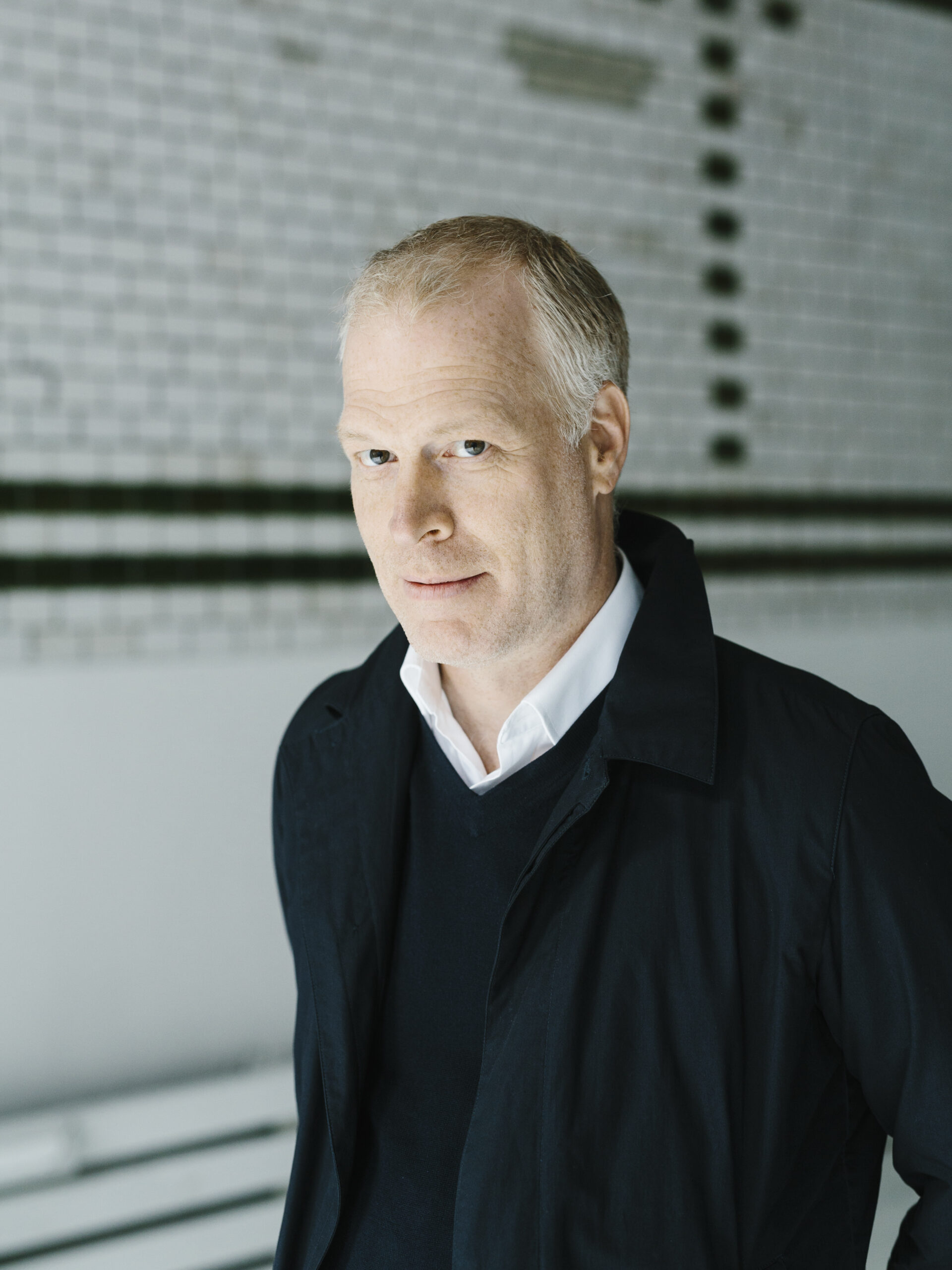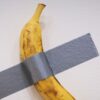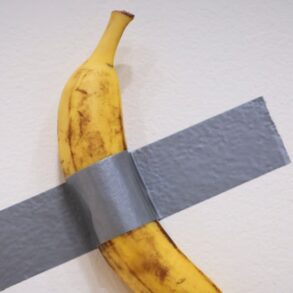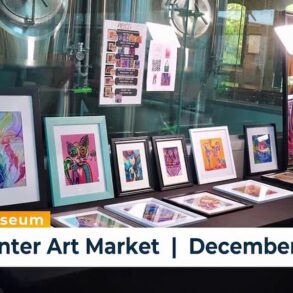
Now, under the direction of Daniel Hug for over 16 years, ART COLOGNE continues to embrace its roots while adapting to an evolving market and cultural landscape. In this interview, Daniel Hug reflects on his journey at the helm, the shifts he’s witnessed in the German art market, and how ART COLOGNE is redefining its role in a crowded field of international art fairs.
ArtDependence (AD): What can we expect at ART COLOGNE this year ?
Daniel Hug (DH): As it stands now and will take place this November, ART COLOGNE’s purpose is primarily to support the German galleries and art market. We have the most relevant galleries from the German-Speaking realm including Thaddeus Ropac, Sprüth Magers, Daniel Buchholz, Max Hetzler, Nagel/Draxler, Gisela Capitain, Eigen + Art, Bärbel Grässlin and so on. Add to this some of the most exciting new young galleries in our section NEUMARKT like Deborah Schamoni and Nir Altman from Munich, Jan Kaps, DREI, Max Mayer, Khoshbakht and Lukas Hirsch from the Rhineland, Molitor, super supermarket and Anton Janizewski from Berlin mixed with international galleries like KIN and Fred & Ferry from Belgium, LC Queisser from Tibilisi, Silke Lindner from New York, Gathering from London, Wil Aballe from Vancouver, Choi & Choi from Seoul amongst others.
AD: Do you feel in the applications to the fair that the artworld is going through rough times?
DH: Hard to say. We made the selection of applications in May and June of this year, we had the same number of applications and admitted the same number of galleries as in the previous year, which hovers around 170 galleries. Since shortly before the pandemic, however, this year we reduced the sector GALLERIES by 6 galleries and boosted the NEUMARKT from 20 young galleries up to 26 this year, but this was a decision we reached last december, when the market was already sending mixed signals.
I do believe we are experiencing a market correction, the post-pandemic market really swelled unexpectedly to new stellar heights and a lot was just plain over-priced hype. I don’t think it’s anything to worry about, corrections happen in all markets, including the art world. One thing I noticed is that the top end and the bottom end of the market still seem to be moving along well. Lastly, in times like these, there are great opportunities to get key works at better prices, but I won’t go into that now…
AD: Do you think there are to many artfairs ?
DH: If a fair exists, then there are enough galleries participating in these fairs to keep them going, fairs without galleries to exhibit don’t stay long in business. Plenty of fairs have shut down in the past few years as well, proving my point. Most of the fairs which have existed for multiple decades have unique profiles which set them apart from the others, being trendy and fashionable is probably the least sustainable and least interesting, and ultimately flattens out into plain populism. Remember, pretty much every artist today has sold more art than Van Gogh did in his lifetime. Bernard Buffet sold more paintings than Picasso and he even bought a Rolls Royce before Picasso did. Do you remember when David Salle was the most expensive contemporary painter in the 1980s?
AD: Where do you place ART COLOGNE within the European art landscape?
DH: Today we are a firmly established major fair with focus on the German market. ART COLOGNE was founded in 1967, predating from all other fairs, we were the first modern art fair so to say. Art Actuel (Art Brussels) founded in Brussels in 1968 is the second oldest and Art Basel was founded in 1970. We went through our fashionable trendy period from the late sixties to mid-nineties, then Basel took over.
AD: You have now been the director of ART COLOGNE for 16 years, possibly the longest-serving art fair director. What has changed since then?
DH: I have been running ART COLOGNE since May of 2008. I never thought about this, maybe I am… Actually, that honor goes to Heather Hubbs who runs the New Art Dealers Association and the NADA fairs in New York and Miami, they are starting a NADA Paris this coming October during Art Basel Paris Plus. I started right before the big correction took place in 2008, it’s interesting that the market in the Rhineland was in an upswing in 2009, but this was based on renewed interest in ART COLOGNE on a regional level. Since then, we have more art fairs, more galleries…
https://www.artcologne.com
ART COLOGNE 07.–10.11.2024.
Main Image: Daniel Hug, Photo by Gene Glover, Courtesy Art Cologne








